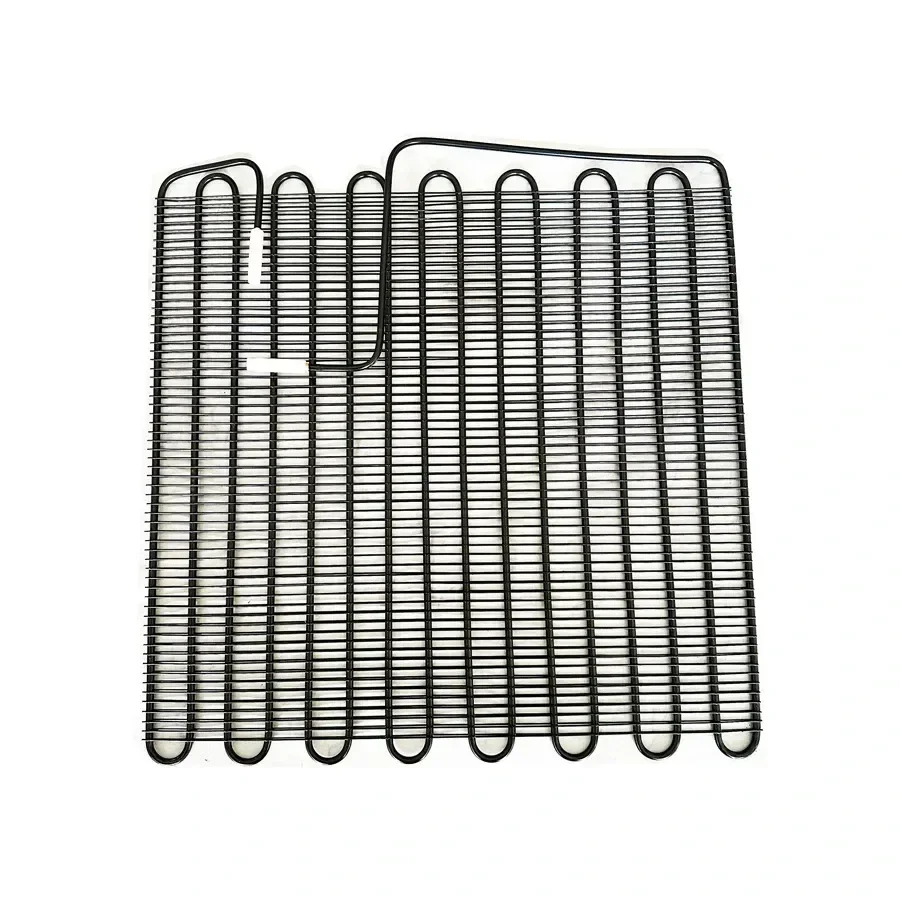Wire-tube condensers are an important component in many industrial processes, including refrigeration, air conditioning, and chemical processing. These condensers are designed to transfer heat from hot gas or vapor to a cooler liquid, allowing for efficient cooling and condensation. Proper storage and transportation of your wire-tube condenser is critical to ensuring its longevity and efficiency. In this article, we will discuss some guidelines for storing and transporting line tube capacitors.

Storage considerations
A wire-tube condenser is usually made of copper or aluminum tubing with steel wire wrapped around it. These materials are susceptible to corrosion and damage if not stored properly. Here are some tips for storing line tube capacitors:
Store in a dry, cool place: Moisture and heat can cause corrosion and damage to the condenser. Therefore, the condenser must be stored in a dry, cool place away from direct sunlight and heat sources.
Prevent Dust and Debris: Dust and debris can accumulate on the condenser, reducing its efficiency. Therefore, it is important to cover the condenser with a protective cap or plastic wrap to prevent dust and debris from settling on it.
Avoid stacking: Stacking wire tube capacitors can damage the tubes and wires. Therefore, it is recommended to store them in a single layer with sufficient space between each capacitor.
Use appropriate lifting equipment: wire-tube condensers can be heavy and difficult to lift. Therefore, it is important to use appropriate lifting equipment, such as a forklift or crane, to avoid damaging the condenser or causing personal injury.
Transportation precautions
Shipping wire-tube condensers can be challenging because they are fragile and easily damaged during shipping. Here are some tips for shipping wire-tube condensers:
Use Proper Packaging: The wire-tube condenser should be packaged in a sturdy protective container to prevent damage during shipping. The container should be large enough to accommodate the condenser and any necessary filling or buffering material.
Secure the condenser: The condenser should be secured in the container to prevent it from shifting or shifting during transportation. This can be done using straps or other fixtures.
Handle with care: The wire-tube condenser should be handled with care when loading and unloading. Proper lifting equipment should be used to lift and move them, and personnel should be trained in proper lifting techniques to avoid injuries.
Avoid extreme temperatures: Wire-tube condensers should be shipped in a temperature-controlled environment to avoid exposure to extreme temperatures, which can cause damage to the condenser.
Wire-tube condensers are an important component in many industrial processes, and their delicate structures require careful handling during storage and transportation. By following the guidelines outlined in this article, you can help ensure that your wire-tube condenser stays in good condition and operates efficiently. It should be kept in a dry, cool and clean environment during storage, and should be properly packaged and protected during transportation. With proper care and maintenance, your wire-tube condenser can provide reliable, efficient performance for years to come.
How to choose the right wire tube condenser?
Different types of wire tube condensers
How to choose a refrigeration wire tube condenser?
Advantages and application fields of wire-tube condenser
Manufacturing process and material selection of wire-tube condenser
Wire-tube condenser troubleshooting and repair methods
https://www.ningbo-senjun.com/Precautions-for-storage-and-transportation-of-wire-tube-condenser.html







